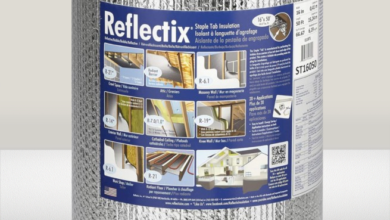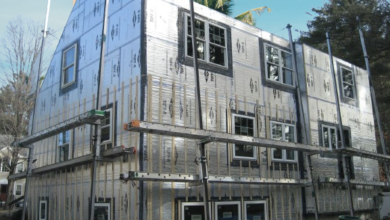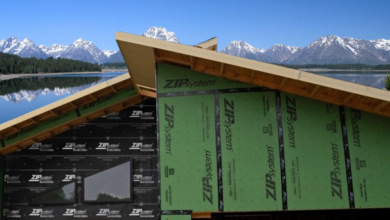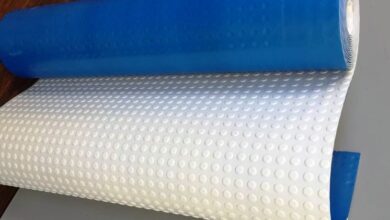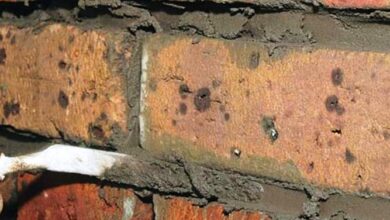How to Plaster Over Cement Board (With Tips)
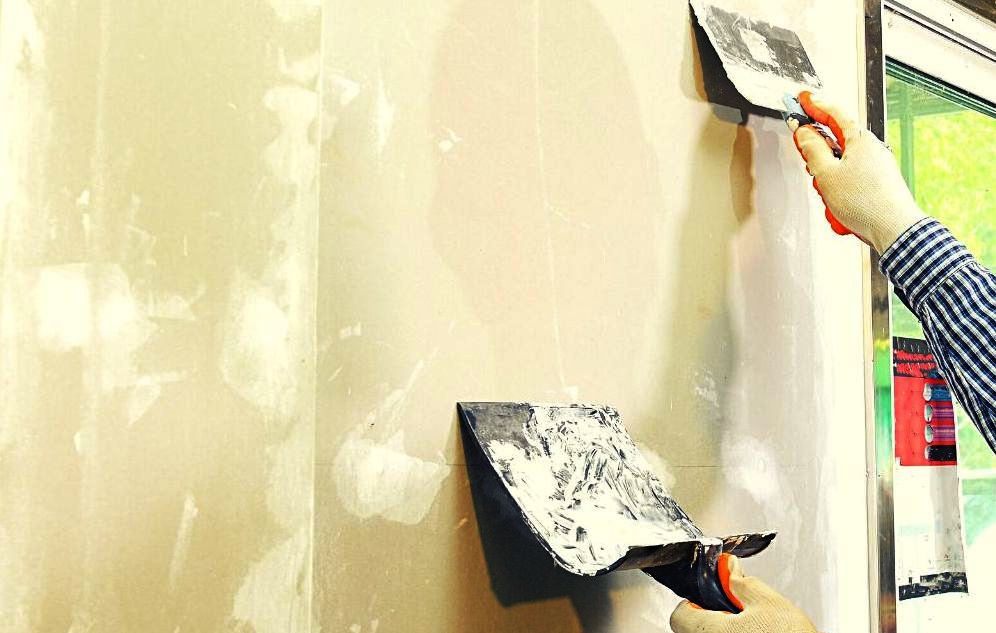
It’s possible to plaster over cement board. However, for it to hold, careful planning and the use of additional products are needed. It’s a project best left to the professionals.
However, if you’ve never done this before, we advise plastering the cement board after adding a blueboard to it.
This article will go through your options if you want to plaster over cement board and will suggest if it’s something you should try or not.
How Can I Get Cement Board to Adhere Over Plaster?
Plaster won’t adhere over cement board, which is the main problem. It will often begin to peel off. If you are going to accomplish this, you are going to need to use a good primer.
Plaster-Weld is a prime illustration. The plaster will have a base to stick to thanks to this product. But that’s not all. A handful of plaster diluted with sand is also needed. Additionally, the sand is intended to encourage adhesion.
After applying at least two coats, let it air dry. The plaster should stick to the cement board if it is applied correctly. After two days, you’ll know you’ve succeeded because that’s when the peeling will probably happen.
In this situation, a primer is essential. Therefore, get recommendations for another high-quality primer even if you can’t find plaster weld in your local store. If the guys at the store ask you to switch to a blueboard, don’t be shocked.
A Cement Board: What Is It?
We need to understand as much as we can about cement boards before delving into the question of whether they can be plastered over. You will find it easier to comprehend why you can’t or can’t plaster over it with the help of this information.
These sheets are constructed from cellulose and cement fibers. These planks can have a thickness of half an inch or quarter of an inch. The majority of the time, they serve as tile backing.
A cement board is much stronger and more moisture- and water-resistant than gypsum covered in paper. It’s a great idea to use a cement board as a backing because it will prevent the growth of mold.
This feature of a cement board is very helpful, since bathrooms and kitchens are where tiles are typically used.
It’s not the lightest material to carry a cement board. Moving it around requires two people at the very least. It’s fairly dusty as well.
Cement boards can be used in a variety of applications. Wood floors and kitchen countertops are two examples. Cement boards are also a good match for stucco. Cement board installation can be done indoors or outdoors, depending on the needs of the project.
In order to install a cement board, you must first apply an adhesive layer followed by a vapor barrier. After that, drywall screws need to be used to secure the board.
Will Stucco Aid in the Adhesion of Plaster to Cement Board?
There are suggestions on several forums for plaster to stick to a stucco surface instead of a cement board. Should you have also encountered these suggestions, you might be unsure of their efficacy. Let’s investigate.
A common product in the construction sector is stucco. This product adds a textured and colorful finish to walls and other surfaces, including cement boards.
Stucco can be used both indoors and outdoors. The outdoor model is made to resist weather and UV rays. Generally speaking, stucco is a siding composed of cement, lime, water, and sand.
There are many different colors and finishes for stucco. There are two finishes: cement and acrylic. Since our objective is to plaster over stucco after it has been applied to a cement board, we won’t go into great detail about the various finishes stucco offers.
The purpose of applying stucco to cement board is to extend and enhance the cement board’s surface. Plastering it is an option, but the finish won’t be significantly better than the stucco.
The perfect surface to plaster over a cement board can be made with stucco. It is necessary to apply the stucco prior to plastering. This is a brief overview of how to put stucco over cement board.
You must first determine how much of the cement board surface will be covered in stucco. To obtain an exact amount, use a tape measure. To guarantee that the board has a consistent surface area, sheets of fiberglass reinforcing mesh are required.
For best results, the sheets can be overlapped on the cement board. Remember to attach the mesh to the cement board’s joints.
After that is finished, a bonding agent must be introduced. The mesh and cement board need to be brushed with this. Give it time to dry completely before adding stucco.
Applying stucco needs to be done carefully. It ought to have a thickness of roughly 1/4 inch. A trowel can be used for the application. Before using a plasterer’s comb to scratch over the first layer, give it some time to solidify.
The latter seeks to thin the layer to a thickness of roughly eight inches. After applying a water mist, allow the completed surface to harden for approximately two days.
The scratches you made above can be covered with a second coat of stucco. There should be a quarter-inch gap between the two layers. Typically, the second layer is the last one. As a result, you can achieve the desired finish.
Is It Possible to Apply Plaster Over Cement Board in a Non-Tiled Area?
We noted that a cement board serves as a base layer for tiles when defining it. Is plastering acceptable if you have a cement board and don’t want to install tiles?
Adhesion problems arise when plastering over cement board, much like what we have previously discussed. In a few days, the plaster will come off.
We have already covered two approaches. While the other applies stucco, the first uses wall primer.
There are other ways to plaster over a cement board besides the ones mentioned above. There is an additional option that calls for metal lath.
Plaster needs to be applied in two or three coats after a metal lath is installed. Plaster must be applied generously in order for it to adhere to the metal lath.
Plastering directly over a blueboard that has been hung is another method for covering a cement board.
A blueboard is far simpler to plaster than a cement board, and it lacks the majority of the problems with cement boards.
As stated at the outset, find a blueboard to serve as a middleman if you have to plaster a cement board. Most hardware stores stock whiteboards.
Is It Possible to Install Cement Board in a Bathroom?
You will need to take action regarding the cement board if you are installing tiles in your bathroom and wish to create a finish where the tiles only reach a certain area and the rest is left exposed.
It is not advised to plaster in bathrooms due to moisture and condensation. Tiling up to the top is preferable to exposing a cement board.
But, we have provided some techniques if you must plaster the cement board in the restroom. In this case, installing a metal lath seems to be the best option.
Is Plastering Better Than Cement Board Worth It?
Traditionally, plastering over walls has produced a smooth, respectable finish. However, on surfaces like cement boards, plastering doesn’t always turn out perfectly.
Unless the plaster is forced to bond with something else, like a primer, stucco, or metal lath, it will frequently not stick.
Using a primer is the most practical option among the three. To adhere plaster to the cement board, you’ll need to do some research on the different kinds of primer.
As for stucco, as we’ve already discussed, by itself it produces a respectable finish. It wouldn’t make sense, therefore, to apply stucco and then plaster over it. Good outcomes can also be obtained with the metal lath.
In the end, plastering over cement board is essentially a trial-and-error process. If you have some quality building abilities, you can pull this off with ease.
But if you’re just starting out, we suggest that you purchase a blueboard, place it on top of the cement board, and then plaster it.
This will be a lot simpler, and there’s a greater likelihood that the plaster will adhere to the cement board for an extended period of time.
Ultimately, regardless of the technique employed, there must be an object positioned between the plaster and the cement board. Plaster cannot be applied directly over a cement board.

